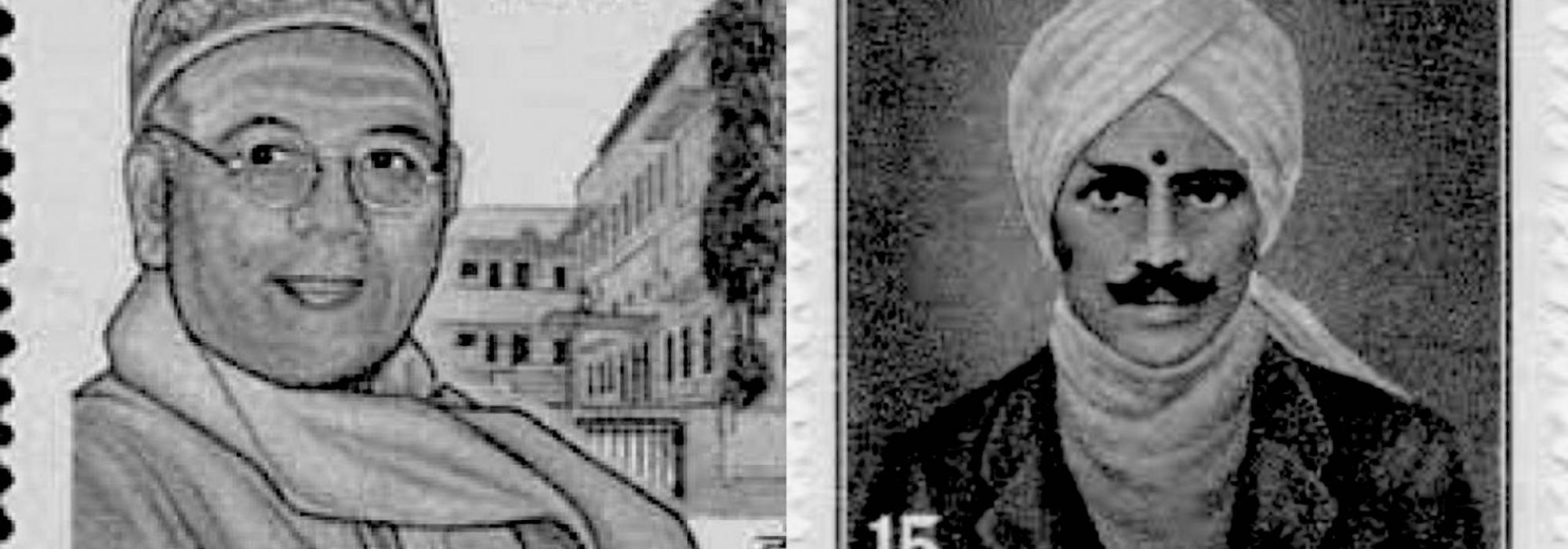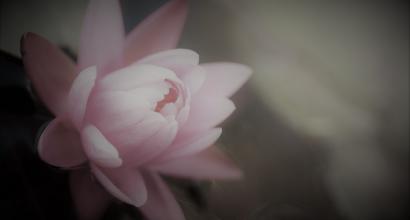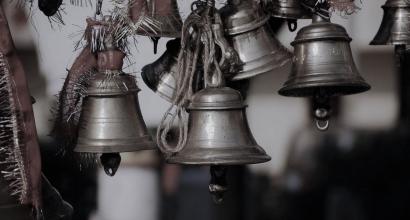A few months later, Navaratna Krishnaswami teamed up with DVG and founded a Kannada daily titled Bharati. It quickly earned renown as a quality paper notable for its highly inspirational articles and in-depth analyses on various issues of national importance. Like at Suryodaya Prakashika, DVG’s role in the paper was limited to writing, compositing, proofreading and other activities on the production side. Bharati too, met a premature end.
During this time, DVG simultaneously wrote for the English biweekly, The Mysore Standard and the Kannada weekly, Nadegannadi, to supplement his income. The Mysore Standard was run by a distinguished editor M. Srinivasa Iyengar. Impressed by the young DVG’s talent and dedication, Srinivasa Iyengar took him under his wings and became his journalistic mentor in the true sense of the word.
But June 1908 would become a watershed year in DVG’s fledgling journalistic career. Diwan V.P. Madhava Rao steamrolled a stifling law ominously titled The Mysore Newspaper Regulation Act, explicitly meant to put the press in the doghouse. Accordingly,
- Every newspaper owner had to take the Government’s permission to start and/or run his paper.
- The Government could revoke this permission at any time without stating any reason.
- Anyone who ran a newspaper without the Government’s permission was liable for punishment.
- Anyone who ran a newspaper after the Government had revoked its permission was also liable for punishment.
The outraged journalistic fraternity responded to this muzzling legislation by launching protests. Srinivasa Iyengar was one of the prominent editors who led the protests from the front. Following his suggestion, several prominent papers completely shut down their operations as a mark of this protest. These included Vruttanta Patrike and Mysore Star, both published from Mysore. The Government refused to budge.
Srinivasa Iyengar decided to fight the oppressive press law from outside. And so, he took the young DVG with him and landed in Madras. His immediate task was to compile all the criticisms against the Mysore press law into a single volume. These criticisms had appeared in various papers and periodicals published outside Mysore. Srinivasa Iyengar entrusted to DVG the actual tasks of collecting, compiling, summarizing, writing prefaces and explanatory notes, proofreading and finally, getting them printed. It was labourious, backbreaking work, which DVG accomplished with passionate sangfroid. The result was a superb book titled, Press Gag in Mysore published by the Lokananthan Press. It opened to instant acclaim in influential circles. And even as he was assisting Srinivasa Iyengar, DVG regularly contributed columns to The Hindu and The Indian Patriot.
In retrospect, DVG’s year-long stay in Madras was eventful, formative, pivotal, and historic.
In the early 1900s, Madras was one of the great hubs of intense political activity and enormous social upheaval. Most importantly, it was home to feverish nationalist agitation against the British. Patriotic stalwarts like V.O. Chidambaram Pillai (owner of the Swadeshi Steam Navigation Company) who delivered frontal challenges to the monopolistic might of the British maritime dominance were jailed by the dozens. All these developments left a deep and indelible impression on the mind of the young DVG. His writings during that period are distilled outrages borne out of remarkable sensitivity and heartfelt compassion. Sometime after Chidambaram Pillai was arrested, DVG travelled to Pondicherry and met the blazing Tamil poet, Subrahmaniya Bharati and spent several enriching days with him.
Towards the end of 1908, DVG delivered a magnificent lecture under the auspices of the Chennai Jana Sangham in a hall titled Gangaikondan Mandapam at Madras. Titled Vedanta and Nationalism, the lecture immediately catapulted DVG to celebrity status in the influential circles of Madras. He later expanded the lecture into a 57-page monograph[1] and added two fresh articles to it: a preface and an epilogue. Published in 1909, it remains a brilliant classic. The ideas, ideals and philosophical outlook contained in Vedanta and Nationalism is still an invaluable guide to understand the substantive underpinnings of DVG’s work and legacy in public life. It is also the earliest map that helps us navigate the trajectory that DVG traversed in his continuous quest to attain the life-goals he had set for himself.
DVG’s spell in Madras also taught him an enduring lesson in journalism. Still seething with anger against V.P. Madhava Rao’s press gag in Mysore, DVG wrote an open letter to him. It was published as a supplement on 30 December, 1908 in a Madras-based weekly titled, The United India and Native States. DVG’s open letter began with some verses from Dante’s epic poem and used it as a base to describe the numerous sins of Madhava Rao’s administration and asked him to reform his ways. He signed the letter under the name, A Kid from Hosur. He followed this open letter with another article titled, Wail of the Ghosts. This was an elaborate and juicy narrative that revealed the unsavoury details and licentious behavior of some powerful officials. More than ten thousand copies of both these articles were circulated during the Madras Session of the Congress.
DVG was only twenty when he wrote this.
However, it didn’t take long to find out the real author of these pamphlets. Gopala Iyengar, elder brother of DVG’s journalistic mentor Srinivasa Iyengar, summoned DVG and dealt him a severe reproach: “You have committed a grave crime. Two major blunders. The first is the fact that these articles are deplorable in nature. The second is that you’ve written anonymously. If you had the self-confidence that your writing contained merit, you should’ve put your real signature to it. In that case, I would have told you that although you were stupid, you at least had courage.” It was a lesson DVG never forgot. He apologized to Gopala Iyengar and vowed that he would never repeat it. Reflecting on this much later, he told this to his close[2] friends: “That incident left a huge impact on my life. I think that I haven’t slipped from the word that I gave to Sri Gopala Iyengar.”
***
DVG’s majestic lecture on Vedanta and Nationalism also heralded the end of his stint in Madras. A family friend from Mulabagal who was studying in Madras wrote an anxious letter to DVG’s father detailing the young lad’s political activism concluding with a dire warning: “the police might arrest your son any time.”
And so, in January 1909, DVG was back in Bangalore and jobless and once again, contemplating what he should do next.
To be continued
Notes
[1] A reprint of the full text of Vedanta and Nationalism is available in Selected Writings of D.V. Gundappa (in four volumes): Gokhale Institute of Public Affairs, Bangalore, 2019-2020.
[2] Narrated in Virakta Rashtraka: D.R. Venkataramanan, Navakarnataka, Bangalore, 2019, pp 58-9










































